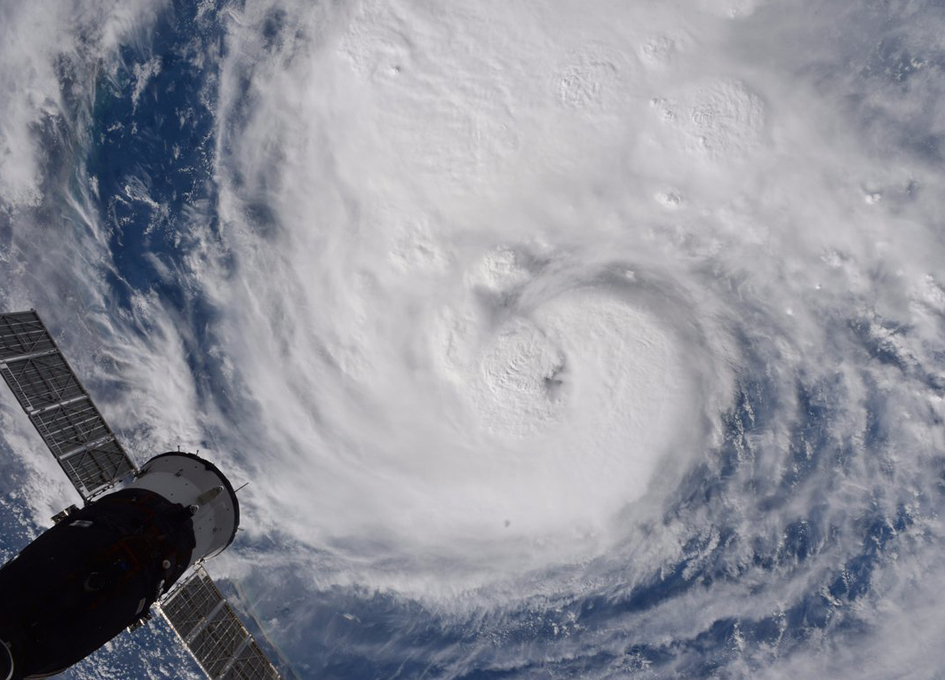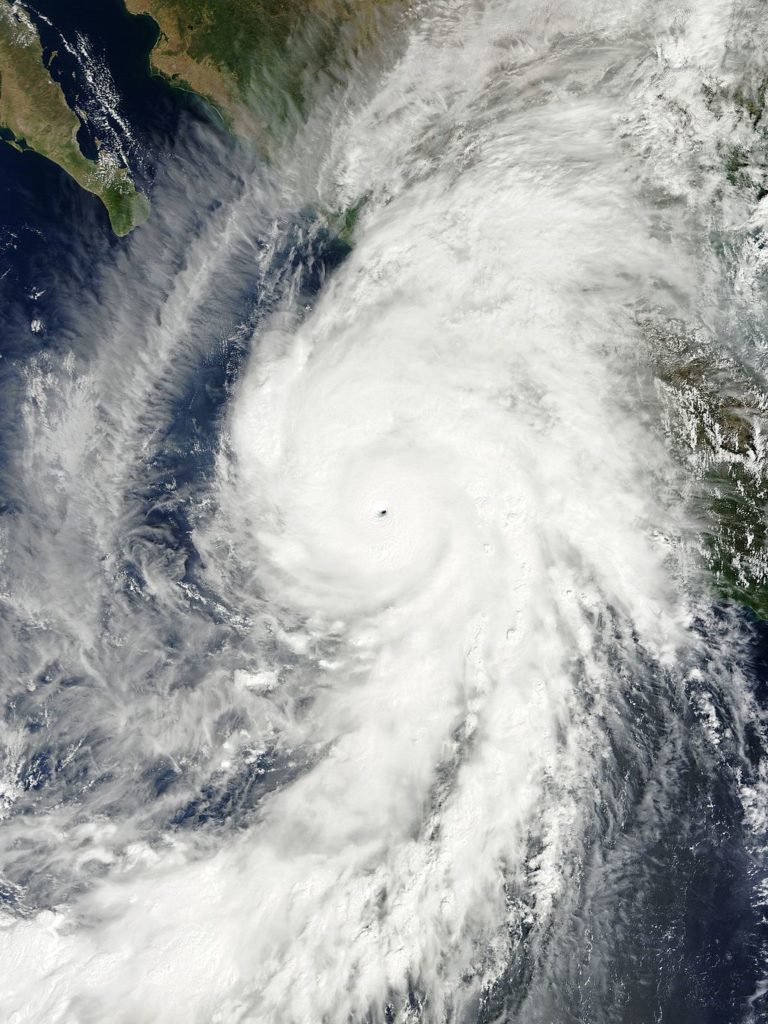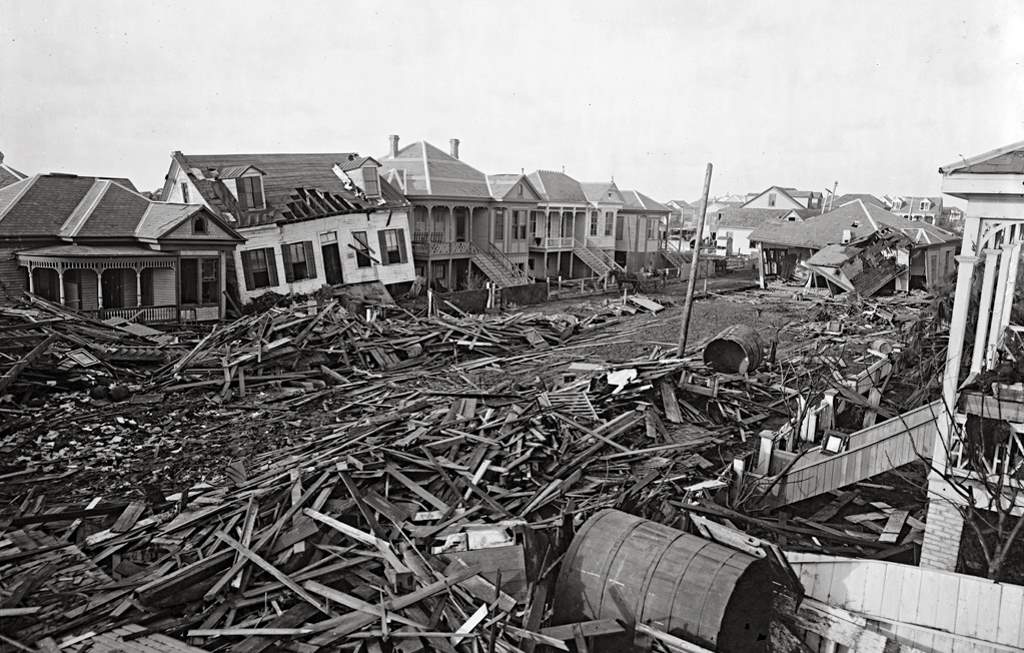Tropical systems in the Atlantic Ocean have been tracked by American meteorologists for the past 166 years – dating back to 1851. That’s a full ten years before the start of the War Between the States, people.
Over that time, there have been more than 1,500 tropical storms and nearly 900 hurricanes. But storm trackers have never seen a year quite like 2017 …
Within the span of two weeks, a pair of monster storms is threatening to rewrite America’s hurricane record books. In fact the first storm – Hurricane Harvey – has already done so.
Among other things, Harvey is noteworthy for the rapidity with which it developed (well, redeveloped). A tropical depression in the Gulf of Mexico on August 23, Harvey slammed into the Texas coast less than 24 hours later as a category four monster. Then it circled over the Lone Star State for days on end, dumping unprecedented amounts of rainfall in and around the Houston area.
Early estimates are that Harvey will wind up doing a whopping $190 billion worth of damage. That total would eclipse the $108 billion in damage done by 2005’s Hurricane Katrina and the $40 billion in damage done by 2012’s Hurricane Sandy – which were previously the No. 1 and No. 2 costliest Atlantic hurricanes on record.
It’s not official yet, but Harvey (below) is well on its way to owning the mantle “costliest hurricane ever.”
(Click to view)

(Via: NASA)
Harvey also broke the rainfall records for a tropical system, depositing an astounding 51.8 inches of rainfall in the town of Cedar Bayou, Texas.
No other tropical system has ever generated that much precipitation. In fact the latest estimates show Harvey having dumped a scarcely fathomable 33 trillion gallons of water on American soil.
Will powerful Hurricane Irma – which is currently drawing a bead on the east coast – break any records of her own? We certainly hope not, but she appears to be quite eager not to be outdone.
For those of you keeping score at home, the deadliest hurricane to hit the United States (by far) was the 1900 Galveston storm – which barreled into Texas on September 8, 1900 packing maximum sustained winds of 145 miles per hour. This category four storm – with its deadly fifteen-foot surge – killed anywhere from 6,000 to 12,000 people.
By comparison, Hurricane Katrina – which is the deadliest storm of the twenty-first century (again, so far) – killed an estimated 1,800 people.
Want more records?
The strongest storm to ever make landfall in the United States was the Labor Day Hurricane of 1935, which plowed into Florida with maximum sustained winds of 188 miles per hour. This storm is one of only three category five storms to make landfall in the United States, joining 1969’s Hurricane Camille – which came ashore in Waveland, Mississippi with maximum sustained winds of 175 miles per hour – and Hurricane Andrew, which came ashore in Homestead, Florida on August 24, 1992 packing maximum sustained winds of 167 miles per hour.
Irma could join those three monster storms as soon as this Sunday …
(Click to view)

(Via: NASA)
By the way, a “sustained wind” is a wind speed that is measured at a specific level for a duration of at least one minute. Pacific cyclone Hurricane Patricia (above) currently holds the record for highest sustained winds ever recorded – 215 miles per hour – although this 2015 storm weakened to a strong category four storm by the time it made landfall in Jalisco, Mexico.
The strongest storm ever recorded in the Atlantic Ocean was Hurricane Allen, which briefly registered maximum sustained winds of 190 miles per hour as it moved through the Yucatán Channel in early August of 1980.
Irma hasn’t (and hopefully won’t) hit that speed, but it did maintain its peak wind speed (for now) of 185 miles per hour far longer than Allen – hitting this threshold at 2:00 p.m. EDT on September 5 and maintaining her ferocious intensity until 2:00 a.m. EDT on September 7.
This website has been tracking Irma for over a week and will continue to keep a close eye on this powerful, dangerous system as it makes its approaches the American mainland over the next three to five days.
Hopefully, the storm won’t break any of the records referenced in this column – but the fact it is threatening to break so many of them is a sign of just how serious a threat this system is for those unfortunate enough to be in its path.
***
WANNA SOUND OFF?
Got something you’d like to say in response to one of our stories? Please feel free to submit your own guest column or letter to the editor via-email HERE. Got a tip for us? CLICK HERE. Got a technical question? CLICK HERE.
Banner via Texas State Library
